Let’s discover some iconic monuments in India constructed by girls. These architectural marvels not solely replicate creative brilliance but additionally embody the power, imaginative and prescient, and legacy of the ladies who commissioned them.
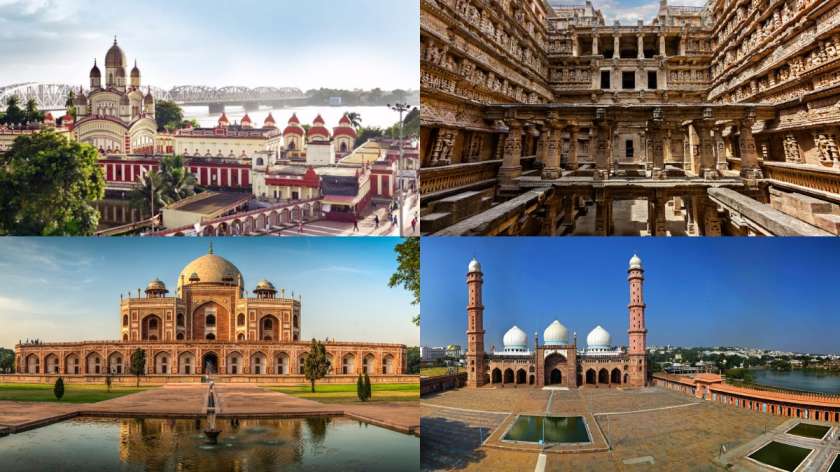
Picture Supply : www.incredibleindia.gov.in
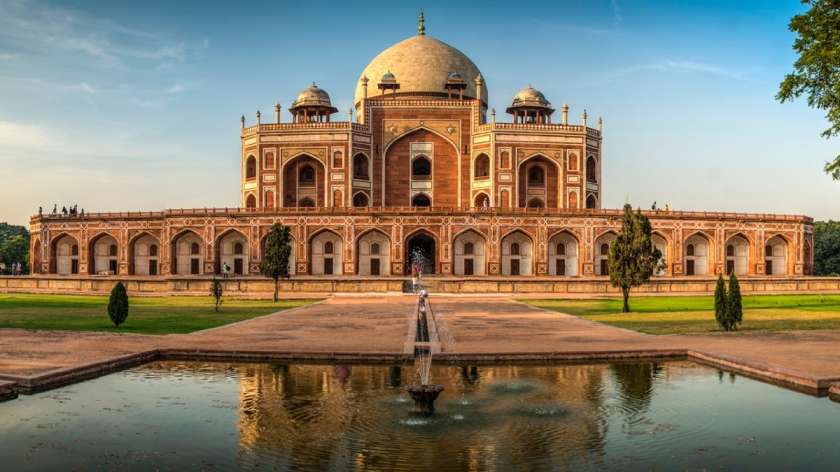
Picture Supply : www.incredibleindia.gov.in
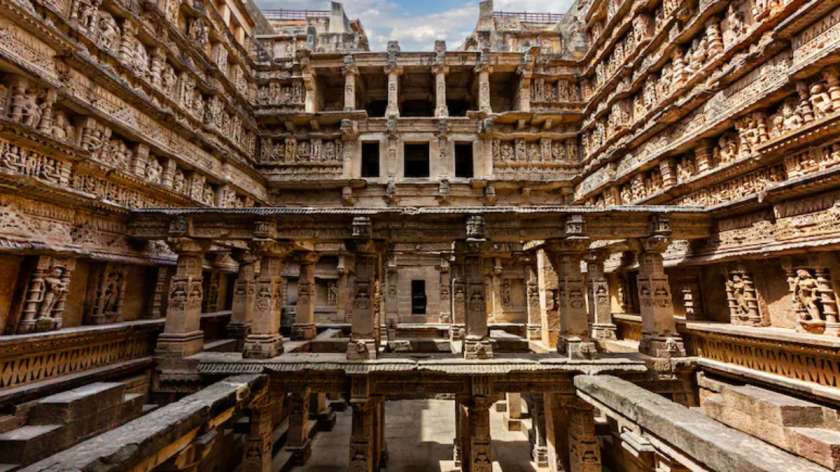
Picture Supply : www.incredibleindia.gov.in
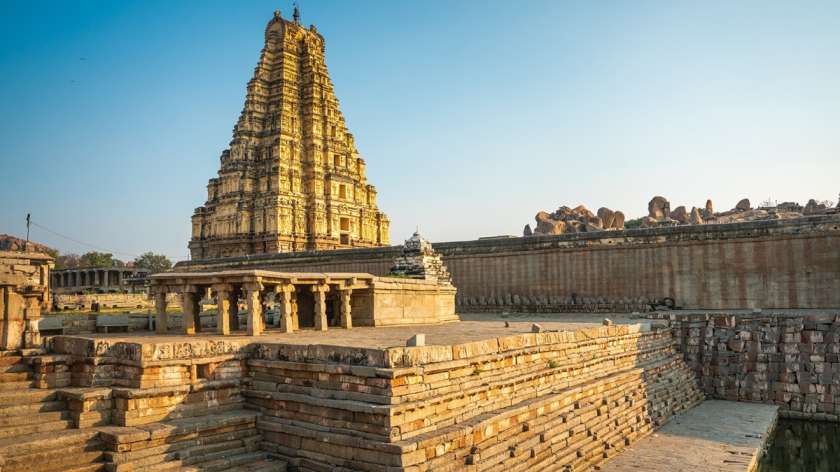
Picture Supply : www.incredibleindia.gov.in
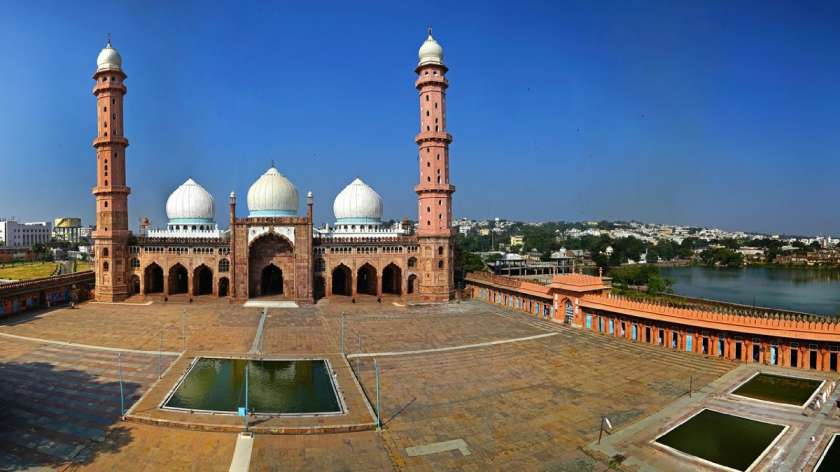
Picture Supply : www.incredibleindia.gov.in
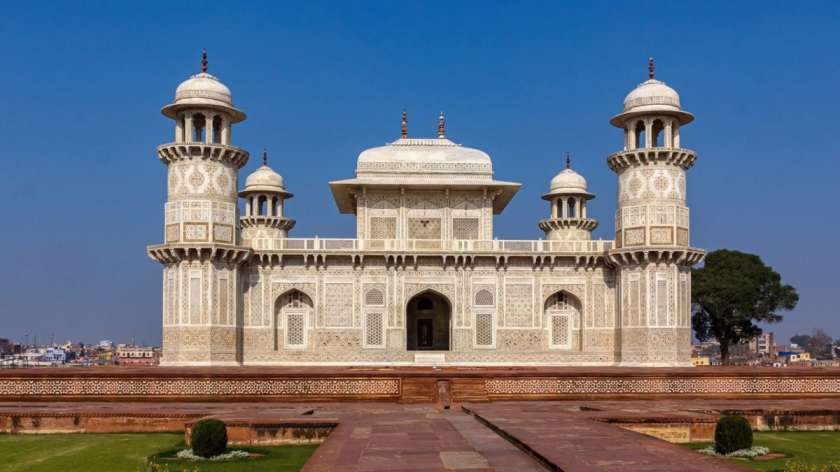
Picture Supply : www.incredibleindia.gov.in
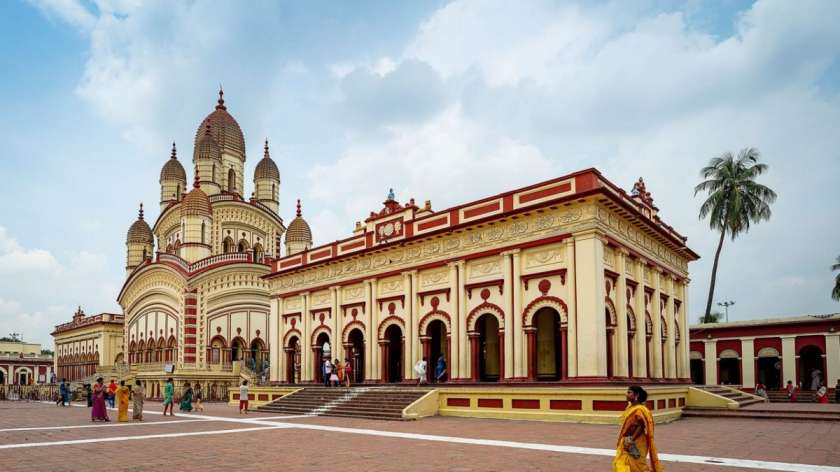
Picture Supply : www.incredibleindia.gov.in
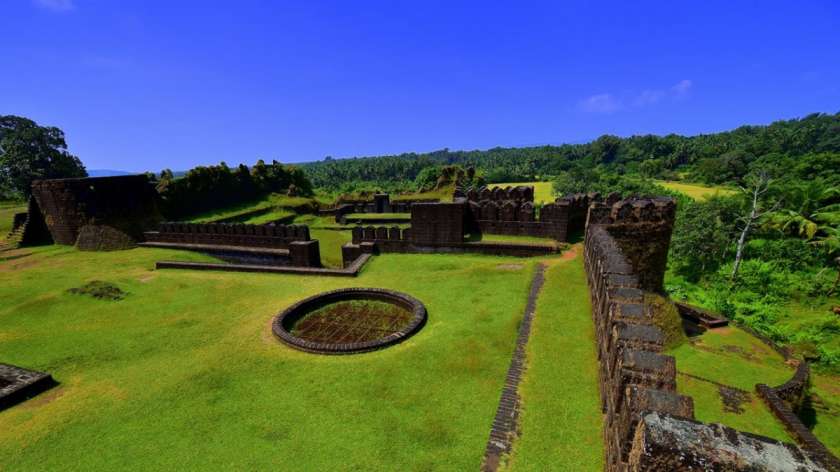
Picture Supply : www.incredibleindia.gov.in

